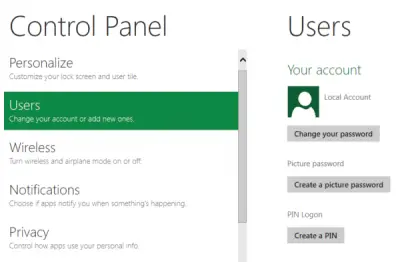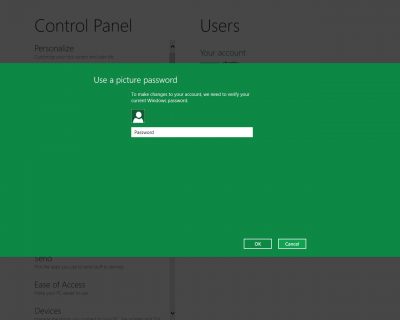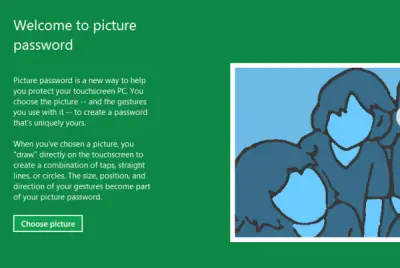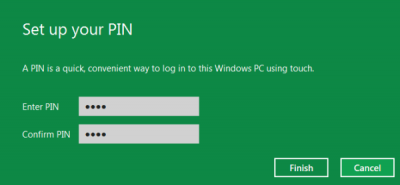If you have Windows 7 or Windows Vista, you can save videos from Youtube and other similar website by copying Internet Explorer temporary file.
There is no benefit compared to other method of downloading streaming media other than you can impress your novice computer user friends when you do this on their computer LOL.
Okay, this is how to do it step by step:
- Firstly, make sure you can view hidden and system files:Click Start/Orb -> Computer
Click Organize -> Folder and search option
A new window should be appear. Choose ViewClick on Show hidden files, folder, and drivesRemove the tick on Hide protected operating system files tickbox.
For novice user: With this setting, you will be able to remove system files, so make sure not to remove any files!
For expert user: You wouldn’t be here reading this blog hehe :p
Click Organize -> Folder and search option
A new window should be appear. Choose ViewClick on Show hidden files, folder, and drivesRemove the tick on Hide protected operating system files tickbox.
For novice user: With this setting, you will be able to remove system files, so make sure not to remove any files!
For expert user: You wouldn’t be here reading this blog hehe :p
Now you are ready to download the video.
- Open the videos that you want to save in Internet Explorer.
- Wait until the video is fully buffered (ie. in youtube the seeker bar is fully red)
- Click Start/Orb -> Computer
- Type / paste this text to your address bar:
- Wait until the video is fully buffered (ie. in youtube the seeker bar is fully red)
- Click Start/Orb -> Computer
- Type / paste this text to your address bar:
C:\Users\XXXXXX\AppData\Local\Microsoft\Windows\Temporary Internet Files\Low\Content.IE5
but replace the XXXXXX with your Personal Folder name. (See notes below if you dont know the name)
After you finished typing/pasting the address, press enter
After you finished typing/pasting the address, press enter
You should see folders named with random alphanumeric character. Your video is inside one of those folders.
(to avoid doing this in future, I suggest you put a shortcut to this folder in your Windows desktop)
(to avoid doing this in future, I suggest you put a shortcut to this folder in your Windows desktop)
Open those folders one by one (if security dialog box appear just click Yes), and sort the files by Size and Descending so you can easily recognize your downloaded video. If said video is from youtube, file name should be something like “videoplayback[x]” ( the x in brace will be a number).
If you can’t see said file, go back (press backspace or back button) and open another folder.
Once you found the file, rename it (press F2) and add .flv at the end of the file name so the file name would be something like videoplayback[1].flv
you can rename it to anything as long as the extension is .flv
Open that file, and it should be played with your media player.
Move the file to other folder. If you don’t move it, it might be removed by Internet Explorer after certain time.
Move the file to other folder. If you don’t move it, it might be removed by Internet Explorer after certain time.
Note : if you dont know your pesonal folder name, click Start/Orb -> Computer , open your root drive (usually C:\) and open folder”Users”. Your Personal Folder is the one that is not “All User”, “Default”, “Default User”, “Public”.
Thanks for reading, feel free to ask if anything is not clear for you.



















































